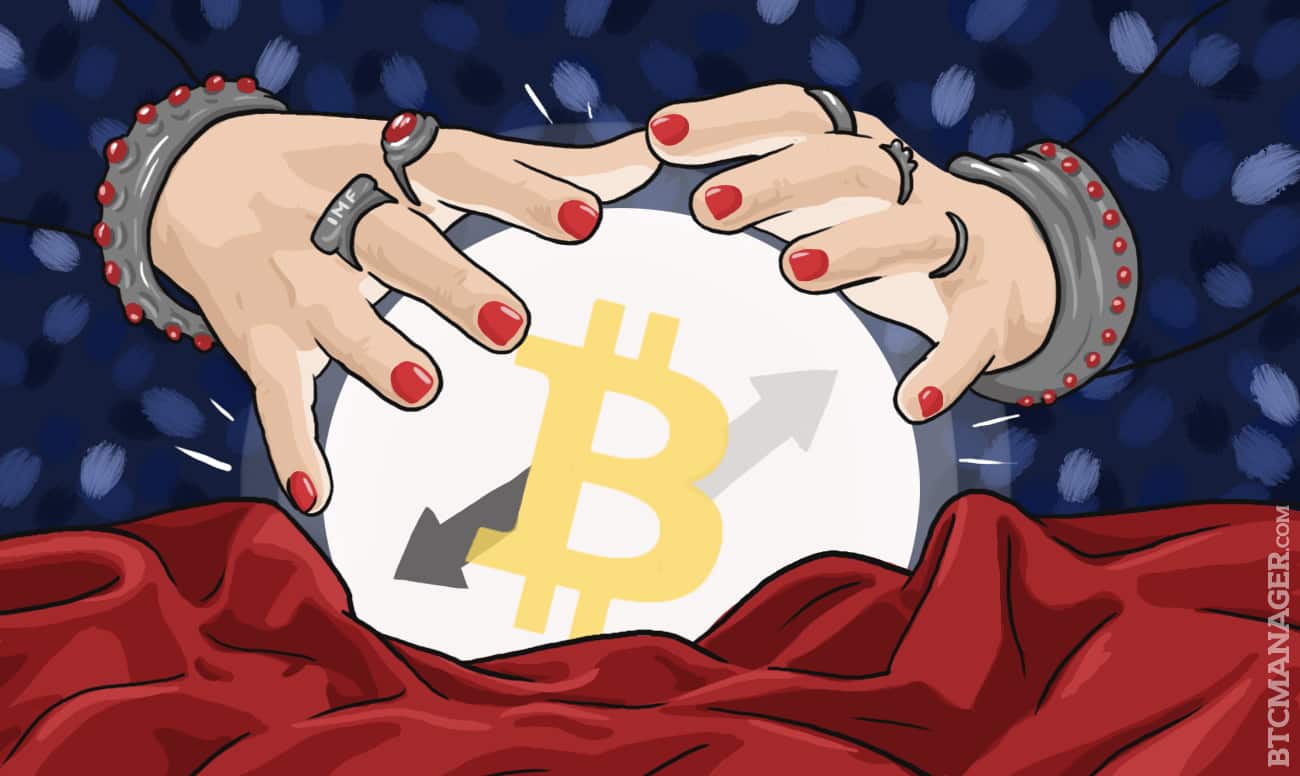IMF Report Examines Challenges and Future of “Virtual Currencies and Beyond”

Following a surge of interest in blockchain technology by governments, a report entitled “Virtual currencies and beyond: Initial considerations” has been recently released by the International Monetary Fund (IMF) detailing the future opportunities, as well as challenges, that innovations inspired by Bitcoin will bring. The report reveals some interesting information on regulation, adoption and risks posed by these disruptive technologies.
The main benefits highlighted are the speed and efficiency in payments, as well as efficiency gains in financial markets. Moreover, it emphasizes that greater financial inclusion for the world’s unbanked populations, bringing them into capital markets, would allow for greater investment and increased living standards for remote communities.
Risks to the current conduct of monetary policy are low; however, risks to financial stability may grow as virtual currencies are more widely used. If more and more people turn to various virtual currencies for saving and spending, central banks will be unable to control the money supply as effectively.
Historically, central banks emerged in Europe in response to the need for a creditworthy institution to act as the ‘lender of last resort’ and manage bank runs. Bitcoin has no such facility, and the paper highlights that private provision of money is less likely to be able to manage bank panics. For example, the US Federal Reserve acted as the lender of last resort in the financial panic of 2007-2008. Also, we are likely to see greater adoption of Bitcoin and similar currencies in countries with less credible and trusted monetary policies.
Regulation of virtual currencies is going to be difficult as they raise issues that concern a wide range of different agencies at the national level. National authorities may find it difficult to enforce laws in a virtual environment. Also, within traditional regulatory models, the decentralized nature of virtual currencies means there is no central intermediary that would have been the focal point of regulation.
Also, the operation of digital currencies outside of the existing financial system makes regulation even harder. The appropriate balance between regulations that limit risk, but at the same time do not stifle innovation, is an area that still requires a lot of work. The disparity of treatment within and among jurisdictions may hamper coordination and lead to inconsistencies in regulation.
The intergovernmental Financial Action Task Force (FATF) determined that the most significant risks with regards to money laundering and terrorist financing are concentrated in points of intersection between virtual currencies and the regulated fiat currencies. Users of virtual currencies will have to “cash-out” at some point back into fiat money so the current regulatory approach has been to focus on “gatekeepers.”The report advises that regulatory approaches should respond to the evolution of virtual currencies; if use becomes widespread, it may be necessary to extend regulations to all operators within the system.
Tax is another important consideration and may reduce the attractiveness of dealing in digital currencies. National authorities could set up agencies to deal with Bitcoin-related tax records but the taxpayer would ultimately have to take responsibility for the accuracy of these records; multiple exchanges and the opaqueness of the price would further complicate this process.
China’s recent interest in developing its own virtual currency could see a move towards a re-establishment of something similar to the gold standard. China and most other central banks in the world have been accumulating gold over the past decade. The BRICS have already set-up their own development bank to rival the IMF and their latest report notes that “modern monetary regimes with flexible money supply have a major advantage over virtual currencies, because they do not lead to structural deflation.”
However, the report also notes that virtual currencies could be designed to allow some expansion in the money supply. Bitcoin has a fixed upper limit of 21 million which pushes the prices of all goods and services down in the long-run in terms of Bitcoin; this could potentially lead to a cycle of deflation where consumers delay purchases. By waiting for prices to fall, this restricts economic activity and reduces employment growth. However, a virtual currency designed to increase this upper limit in line with transactions would limit the adverse effects of deflation on economic growth.
But the report fails to highlight that massive quantitative easing programmes across the globe have not avoided the global deflationary environment we find ourselves in at the moment. Maybe a standard based on a virtual currency or in combination with gold could see an international monetary system that imposes some much-needed discipline.












